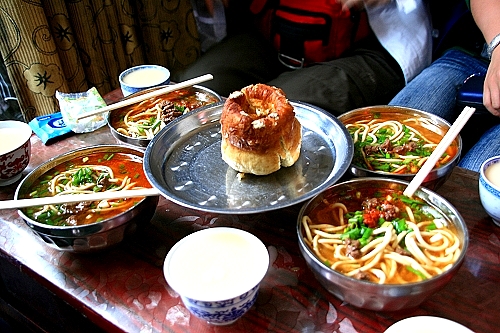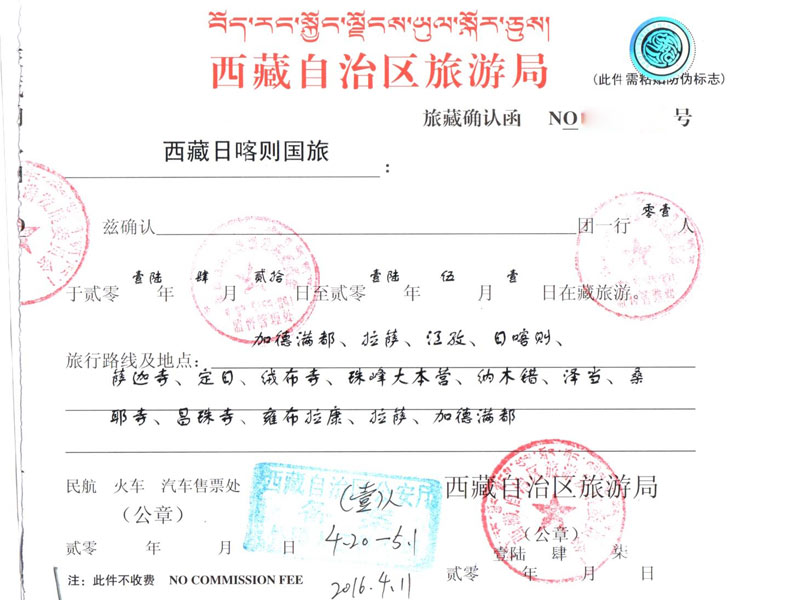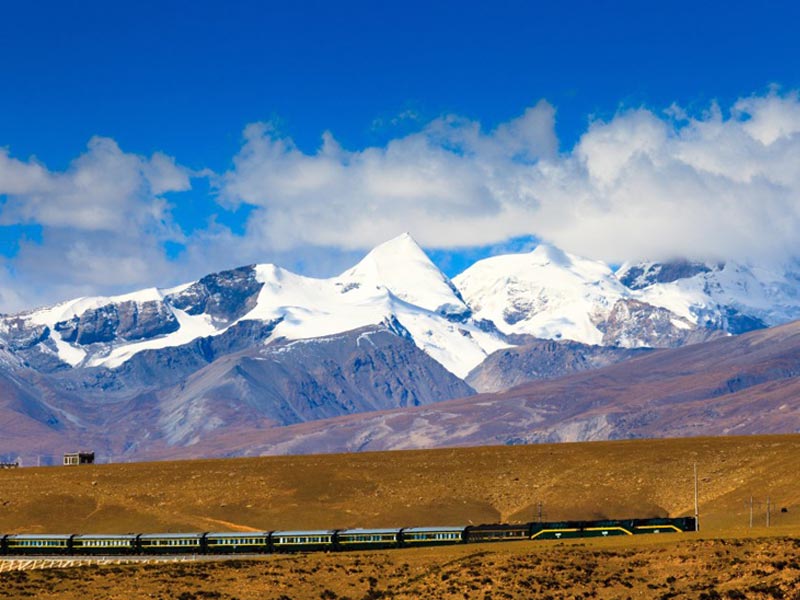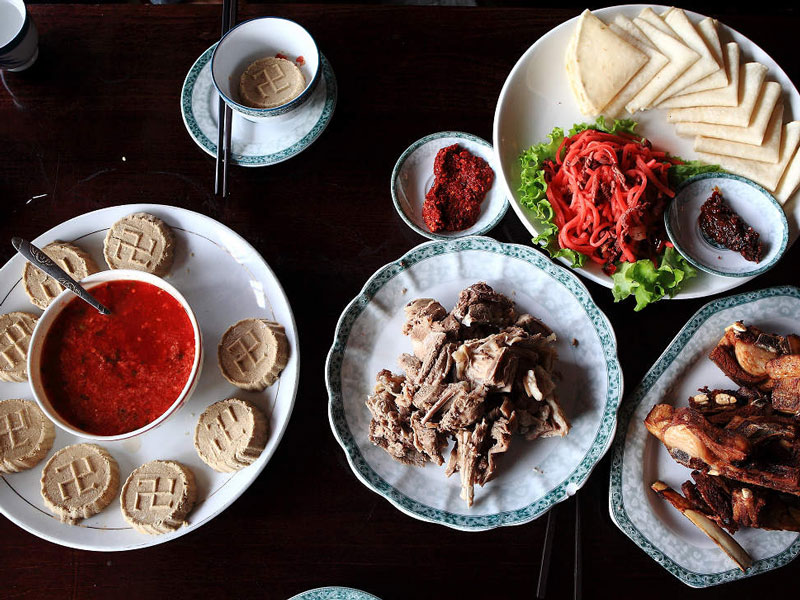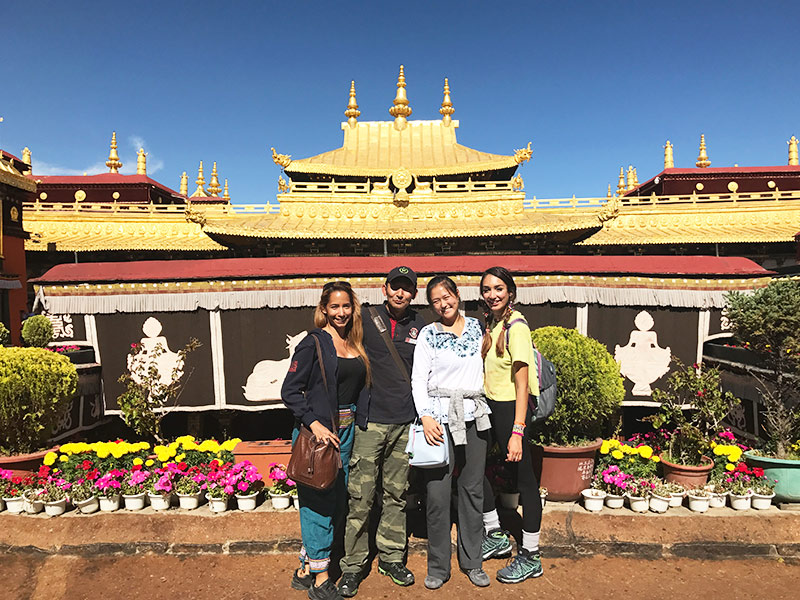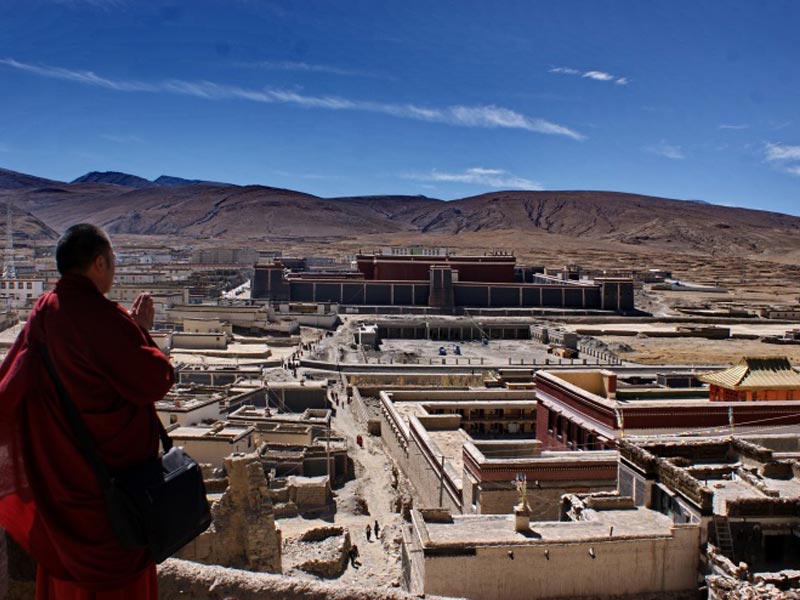Tibet beads
As an important part of Tibetan Buddhism culture, Tibet beads are prevalent among the jewelry and antiques markets. The most famous kind of Tibet beads is Dzi bead, with its authentic handicraft lost dated back to Tang Dynasty, making the precious antiques more valuable in the current market. The musical instruments used in the…
.jpg)





